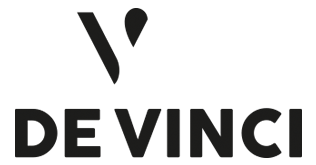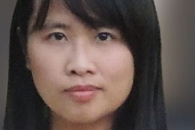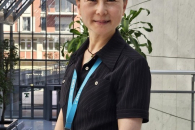@article{ben_abdallah_1269,
title = {Molecular weight influence on shape memory effect of shape memory polymer blend ( poly(caprolactone)/styrene-butadiene-styrene )},
author = {Abir Ben Abdallah and Fehmi Gamaoun and Achraf Kallel and Abbas Tcharkhtchi},
url = {https://onlinelibrary.wiley.com/doi/10.1002/app.49761},
year = {2021},
date = {2021-02-01},
journal = {Journal Of Applied Polymer Science},
volume = {138},
number = {5},
pages = {49761},
abstract = {The shape memory effect (SME) does not only concern the macroscopic structure. It concerns also the polymer structure at morphological, macromolecular, and molecular scales. This effect may depend on different physicochemical properties like morphology heterogeneity, chain rigidity, steric hindrance, chain polarity, free volume, cross-linking or entanglement density, molecular shape and weight, and so on. Hence, finding the relationship between the SME and these properties is very important. This can help to obtain the knowledge about the phenomenon origin and mechanism. One of the basic polymer properties, which can have direct SME, may be the molecular weight (Mw). The question here is: If the Mw of a shape memory polymer (SMP) changes, for different reasons like degradation, what will be the effect of this change on its SME. In order to answer to this question, the investigation is focused on an SMP blend of 40% poly(?-caprolactone) (PCL) and 60% styrene-butadiene-styrene (SBS). Then, enzymatic hydrolysis is performed on this blend to change its Mw. It is shown that this change is only related to the variation in the Mw of PCL. After that, different samples with a distinct average Mw are prepared and characterized by various experimental methods. Shape memory tests are performed on these blends, and the recovery rate (Rr) for each of them is determined. It is found that when Mw of PCL decreases, its degree of crystallinity, its glass transition, and its melting temperatures, corresponding to the PCL phase, increase. However, the elongation at break of the blend declines with the reduction in Mw. The tests show that the alteration in the blend's Mw influences its SME. Indeed, Rr of the (PCL/SBS) mixture drops with the decrease in Mw of PCL.},
keywords = {},
pubstate = {published},
tppubtype = {article}
}











































